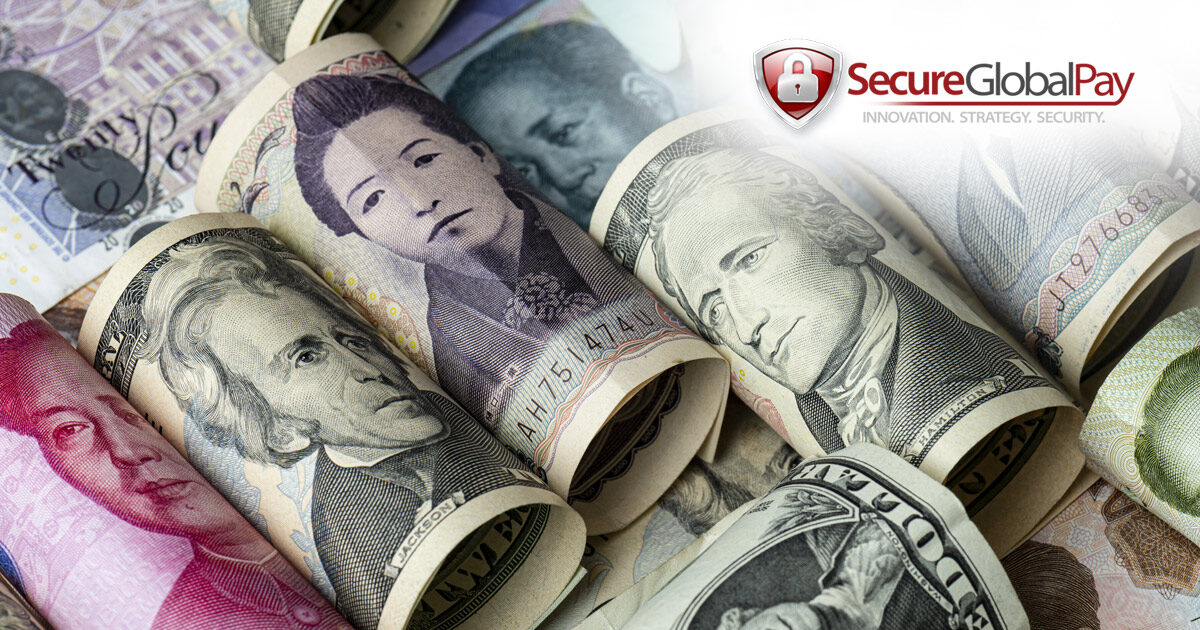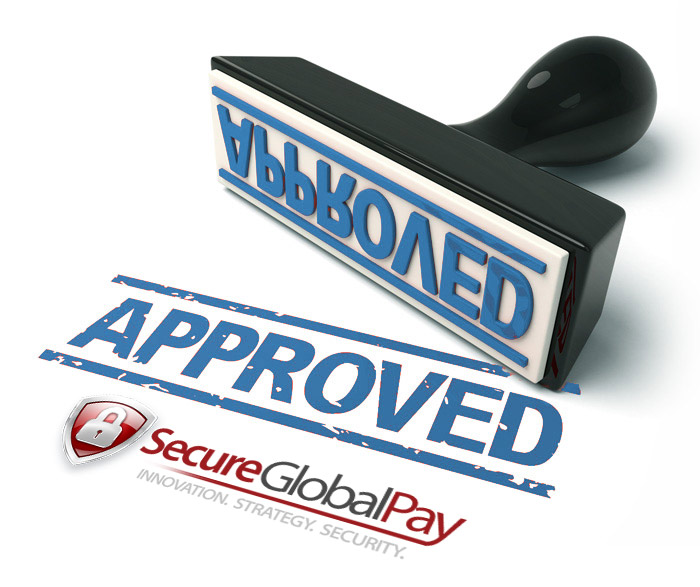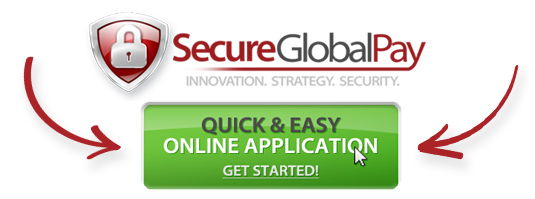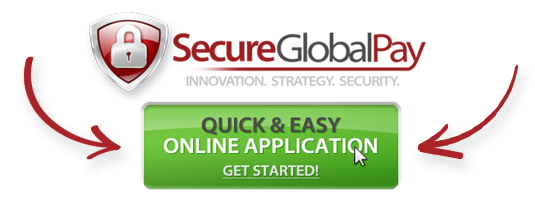
High Risk International Merchant Account
Banks Dislike Risk. Learn what it takes to Get Approved for Offshore!
It’s a basic fact of financial life. Credit Card payment risks increase when doing business cross border & internationally. It costs merchant & banks more money when they conduct business in this way as their risk exposure increases dramatically. Not all countries are the same for doing business in and this is why you need a high-risk international merchant account. Accept high-risk international & cross-border payments efficiently & effectively with SecureGlobalPay.
Low-risk domestic merchants are often constrained and severely limited when processing high-risk international payments & transactions. By contrast, high-risk international merchant accounts have much greater freedom to target global expansion for various reasons. Learn the ins & outs and what it takes to expand your operations offshore.
This short guide explains what risks banks believe are involved in processing international payments. It also explains what suitable merchant accounts can do to help your business succeed and the costs involved.

What Makes an International Business High-Risk?
Doing business in foreign countries carries more risks than it does in the domestic market. The United States has perfected how commerce is conducted via credit cards. Other territories operate to different cultures, customs, government policies, and regulatory bodies with regard to International Payments & Cross Border Payments. For example:
Delayed Payment – The law in some countries means that payments may only be collected after the merchandise has been received by the consumer.
Return Rights – In some countries, unhappy customers are legally entitled to return goods back to the merchant within a certain time period. The merchant must take care of the returns, logistics, and chargebacks.
More Chargebacks – Cross Border Payments and foreign commerce are 3 times more likely to be subject to fraud or chargebacks according to recent investigations and reports.
Fraud – The priority risk is fraud & chargebacks. That is what the card-issuing banks and processing service providers fear most when your customer is in a foreign country.
Fraud prevention techniques, tools, and strategies seem to be very sophisticated these days for domestic payments. However, other countries do have different fraud profiles, common scams, or criminal behaviors that need to be addressed when accepting international payments. These present major challenges to merchants and the payments industry. The threat is constantly changing.
Expanding a business internationally requires an understanding of each country, its unique fraud profiles, and the purchasing behavior of its citizens.
Legislation for consumer protection varies from country to country, as do data protection laws and general data security. This means that anti-fraud techniques must be implemented to suit your business practices.

What is a High-Risk International Merchant Account?
Not so long ago, international merchant accounts were beyond the reach of all but the biggest corporations. That made it very difficult for US businesses, especially eCommerce merchants, to expand and grow their business in lucrative foreign markets.
Very high fees and restrictive terms meant that small businesses and startups were at a disadvantage. They could not easily engage in global trade and accept card payments in general, especially from abroad.
The payments processing landscape has shifted. Specialist providers such as SecureGlobalPay welcome international sales merchants and what also might be considered high-risk industries.
A high-risk international merchant account is specifically geared to handle foreign customers. It has terms and functionality that are very similar to regular merchant accounts but also has additional features and benefits to assist at the merchant level. This is extremely good news for businesses that previously found it difficult to find a solution.
Businesses of all sizes can now provide goods and services to foreign customers and have their payments collected efficiently and securely in their local currency. You can even choose a variable solution that allows for exchange rate fluctuations.

A Good International Merchant Account offers features such as these:
- US Dollar Settlement – Payments are processed and settled in multiple currencies, including US dollars with no need to convert from a foreign currency
- Accept Payments in 60 Currencies – Your customers can see your pricing in their own currency, which makes buying from you even easier
- Domestic Bank Account – No need to open an offshore bank account because payments received are deposited directly into your regular local bank account
- Frequent Settlement – You do not have to wait long for the cash to be paid into your bank account
- Easy Integration – Processing should be through the same channels and systems as for a regular domestic merchant account
- Fast Approvals – As well as a high ratio of approvals, the process should be fast and transparent to get your business up and running quickly in foreign markets
- Local Support – Business and technical assistance available at the times that suit you

What are High-Risk International Merchant Account Fees?
Many accounts can be set up for free in approximately 24 to 48 hours and can be up and running, ready to do business the next working day. However, this is highly unlikely should your business be one of the higher-risk categories.
However, each application is assessed individually. The fees and rates will vary depending on a whole range of factors. Each card-issuing bank and payment processor has its own criteria.
Your merchant account provider and the processor are exposed to the bulk of the risk during an international transaction. For that reason, they charge service fees, in addition to the interchange fees that the card networks (Visa, MasterCard, etc.) charge.
As with any savvy business that operates under extra risk, these companies cover that risk by charging higher fees on merchant accounts that are considered to be risky.
These are the factors that they all take into account, although different agencies may apply their own weightings, criteria & penalties to each of them:
- Countries where customers live – Some countries, like Indonesia and other high-risk regions, have a high record of fraudulent e-commerce activity.
- Type of industry – Certain industries such as travel are considered high-risk because of frequent cancellations.
- Trading & Transaction history – Companies with a sound track record stand a better chance of negotiating lower rates.
- Existing chargeback history – International chargebacks are more costly to process than domestic chargebacks and are viewed in a negative manner. It is extremely important to keep this below 2% at all times.
- Credit status – Poor credit history of the business owner may attract higher fees and delay funding times.

How do you get a High-Risk International Merchant Account?
Many processors only cater for low-risk merchants, whom they perceive as “safer & less risky business” for them.
This means any business considered high-risk, such as international and offshore merchants, has a limited range of potential processors to select from. Any provider you approach will take an in-depth look at your business to assess the level of risk your business represents.
When you complete an application with a provider such as SecureGlobalPay, the experts in international merchant accounts will examine your business to determine your suitability.
Tips for a Successful Application for a High-Risk International Merchant Account.
There are things you can do to improve your probability of being successfully accepted:
Look for providers who specialize in high-risk international merchant accounts and who welcome them
- Answer the questions as honestly and truthfully as possible
- It’s always best not to overstate your business volume in an effort to obtain lower fees
- Be sure to state all countries where you intend to do business as your account could suffer if you suddenly service other countries not mentioned in your application
- Applicants with a poor credit history can boost their chances by engaging in credit repair exercises before applying for an international merchant account
- Do some basic due diligence on providers by checking the Better Business Bureau reports and online reviews. Double-check the fine print or engage an attorney to do so
- Be prepared to practice sound chargeback management once you are accepted




